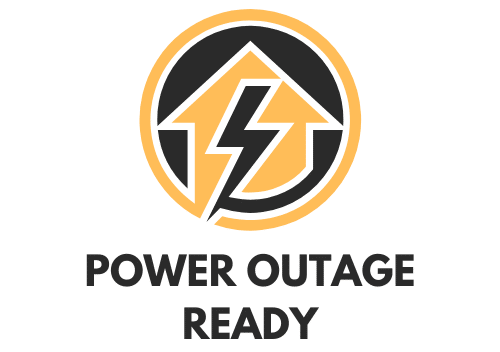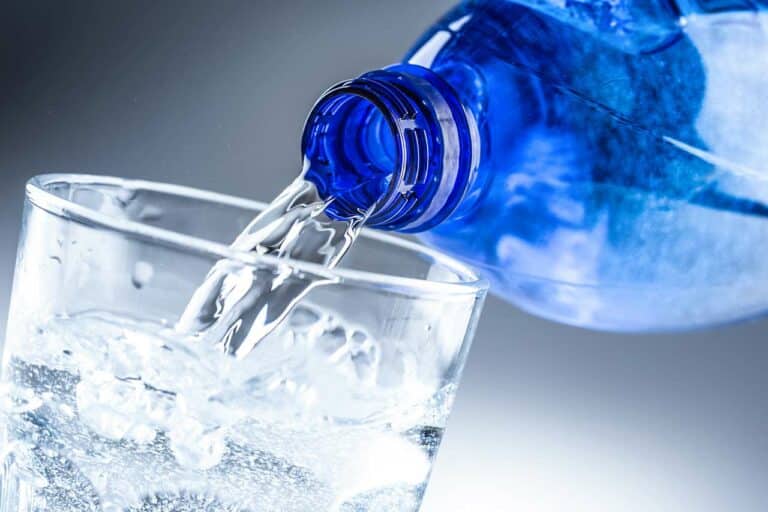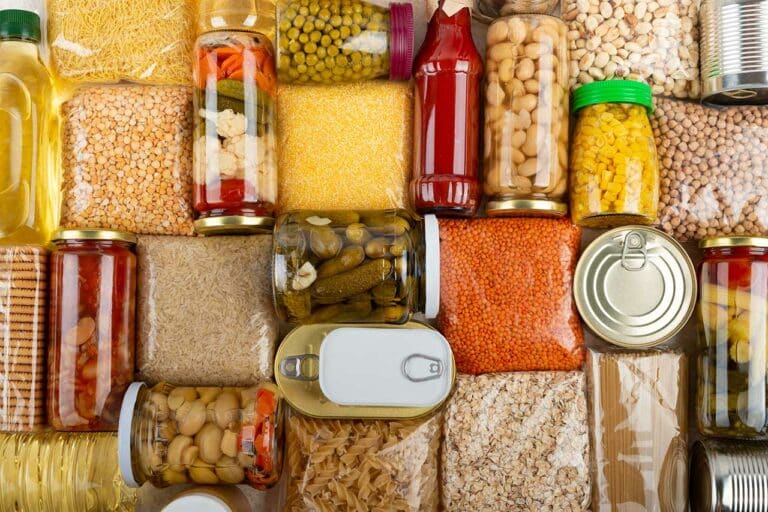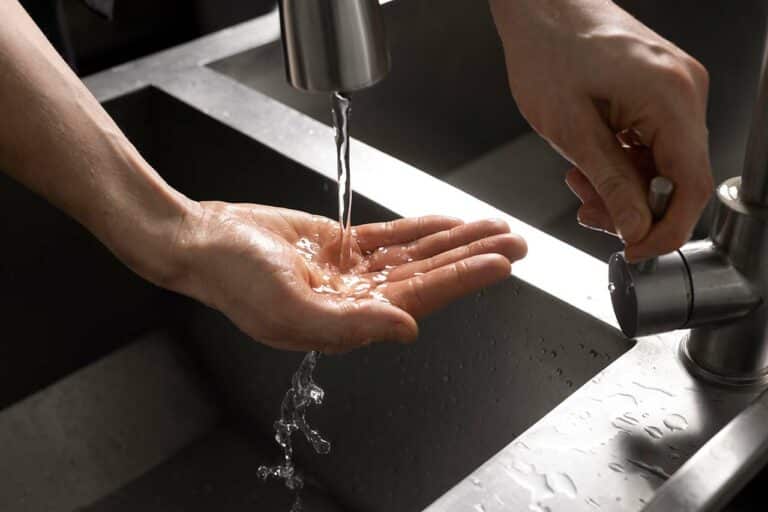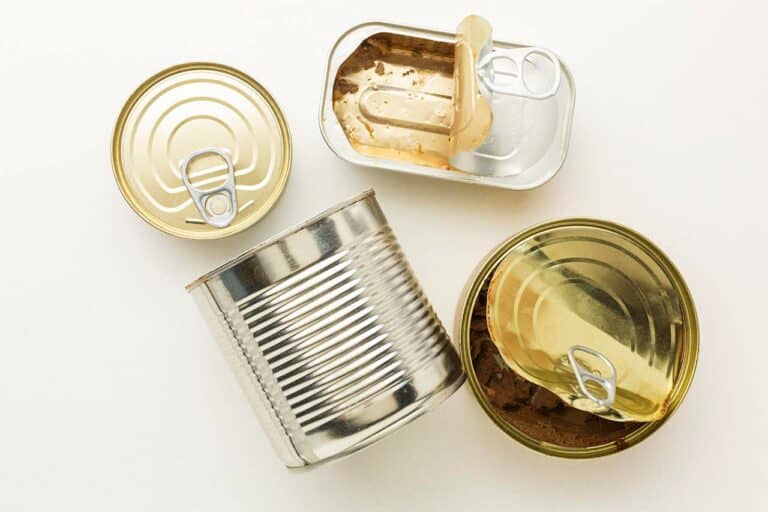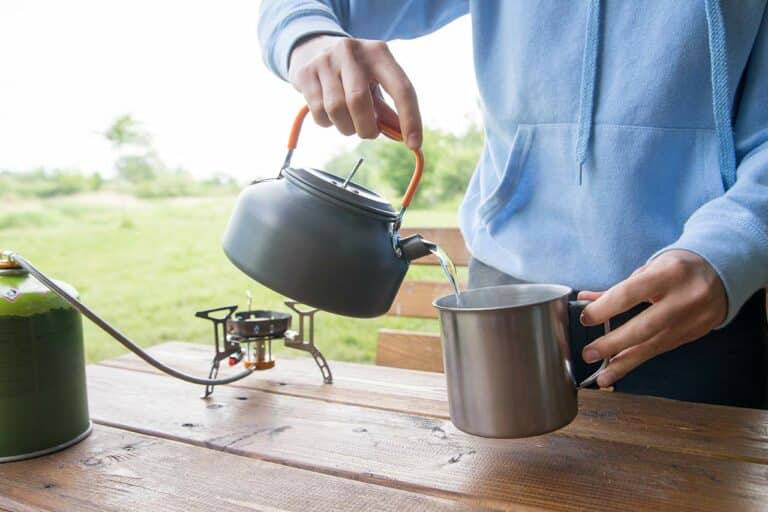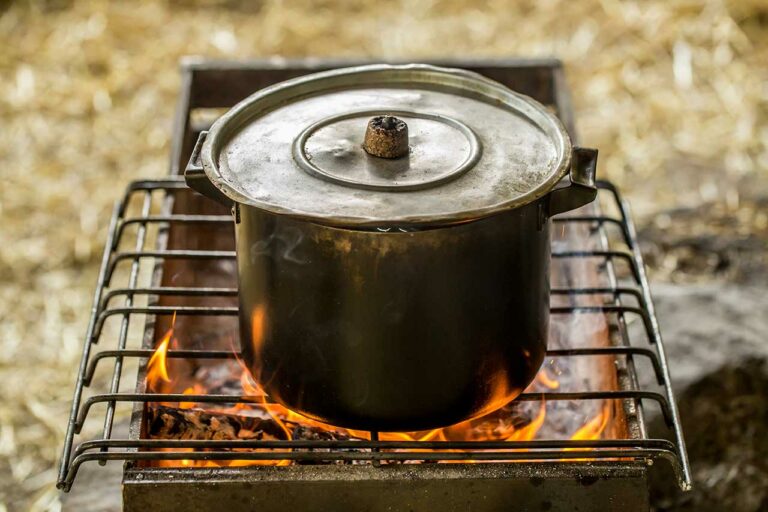Alternative Water Sources For Homes (Emergency Prep)
With increasing concerns about water scarcity and the need for a sustainable environment, alternative water sources for homes are becoming more and more relevant. Exploring these options not only helps you conserve the precious resource of water but also ensures you have a reliable source of water when faced with unpredictable circumstances – like power outages.
There are numerous alternative water sources that can be utilized to tackle the problem of water accessibility. Some of these options include rainwater harvesting, stormwater harvesting, graywater systems, and even off-grid water wells. By considering these alternative sources of water for your home, you’re not only taking a step toward self-sufficiency, especially in emergencies, but contributing to the long-term preservation of our environment.
So let’s dive into these alternative water sources and see how you can implement these solutions in your home and during power outages. Whether you’re living in a rural area, a suburb, or a city – there’s an option that fits your needs and lifestyle.
Why Do I Need Alternative Water Sources In A Power Outage?
During a power outage, water may become unavailable because many municipal water systems rely on electric pumps to deliver water to households. Without electricity, these pumps can’t operate, disrupting the supply.
Water treatment facilities may also not function properly without power, potentially compromising your water quality. Thus, having alternative sources of water during an outage ensures you maintain access to safe, clean water for drinking, hygiene, and other essential uses. It’s always a good idea to be prepared and have backup options in place in case of an outage.
Types of Alternative Water Sources
These are the alternative water sources you might rely on in the case of a long-term power outage.
Rainwater Harvesting
Rainwater harvesting is a great alternative water source for homes. It involves collecting rainwater from rooftops, storing it in rain barrels, and using it later for purposes like irrigation, flushing toilets, and more.
Rainwater harvesting systems can be quite simple, like a bucket under your downspout, or more advanced, with a series of interconnected barrels. Just be aware that harvested rainwater isn’t typically suitable for drinking or bathing, so you’ll need another water source for those uses.
Groundwater Wells
A groundwater well taps into an underground aquifer, providing you with a steady source of water. By digging or drilling a well, you can access water from below the ground’s surface—perfect for drinking, cooking, and bathing. If you’re considering a well, it’s essential to test the water quality and regularly maintain the well’s components for optimal safety and efficiency.
Stormwater Harvesting
Stormwater harvesting goes beyond collecting rainwater off your roof. Instead, you’re gathering water that falls on various surfaces, such as in driveways and parking lots. This water is typically collected in storage systems and used for non-potable purposes, like irrigation or toilet flushing. Keep in mind that stormwater may carry pollutants, so you need to properly treat it before using it.
Desalination
If you live near a coast, desalination might be an option for you. Desalination involves removing salt and impurities from seawater or brackish water to create a potable water source. It’s an effective method, but it can be expensive, energy-intensive, and produce environmental impacts due to waste disposal.
Graywater Recycle
Graywater refers to lightly used water from sources like showers, bathtubs, and clothes washers. You can treat and reuse graywater for non-potable uses such as irrigation or toilet flushing, reducing the overall demand for fresh water. However, graywater systems can be complex and may require permits, so be sure to research local regulations before implementing one in your home.
Wastewater Reuse
Wastewater reuse, also known as reclaimed wastewater or indirect potable reuse, involves treating and reusing wastewater from homes, businesses, or industrial facilities. This can include on-site wastewater treatment systems or larger-scale sewage treatment plants. After being treated to meet water quality standards, the reclaimed water can be used for non-potable purposes like irrigation or industrial uses.
Condensate Collection
Condensate collection takes advantage of the humidity in the air, specifically capturing the water that forms when warm, moist air comes into contact with cold surfaces. This captured condensate can be collected from air conditioning units and used for non-potable applications, such as irrigation. By recycling this water, you can reduce your overall water consumption and have a supply of non-potable water in case of emergency outages.
Water Treatment for Home Use
When it comes to alternative water sources for homes, it’s important to consider water treatment to ensure you have clean and safe water to use. In this section, we’ll discuss three main water treatment methods: Reverse Osmosis, UV Treatment, and Chlorination.
Reverse Osmosis
Reverse Osmosis (RO) is an effective method for removing contaminants from water. It works by forcing water through a semipermeable membrane, which filters out pollutants and impurities, leaving you with clean water. This process can remove up to 99% of dissolved salts, bacteria, and other contaminants. Keep in mind that RO systems require regular maintenance to ensure their effectiveness.
Here are a few key points about RO systems:
- Highly effective at removing contaminants
- Requires regular maintenance
- Can remove bacteria, viruses, and other pollutants
Just keep in mind, reverse osmosis is not perfect and cannot magically turn wastewater into potable (drinking) water.
A few more things to keep in mind with RO are:
Pre-treatment: Wastewater typically requires pre-treatment before undergoing RO to remove larger particles, reduce fouling, and prevent damage to the membranes.
Post-treatment: After RO, water might still require further treatment, such as disinfection, to ensure it’s safe for drinking.
Rejection Rate: RO has a high rejection rate for many contaminants, but some might still pass through, especially certain organic compounds or small molecules.
Economic and Environmental Considerations: RO systems require energy, and they produce a brine waste stream that needs appropriate disposal.
UV Treatment
Ultraviolet (UV) treatment is another popular method for water treatment. This process uses UV light to inactivate and destroy harmful microorganisms, such as bacteria and viruses. By exposing water to a UV lamp, these microorganisms are unable to reproduce and cause illness. UV treatment is an excellent choice for disinfecting your water without introducing any chemicals. Be aware, though, that UV treatment doesn’t remove other pollutants, such as heavy metals or sediment.
Consider these aspects of UV treatment:
- Chemical-free disinfection method
- Effective at inactivating harmful microorganisms
- Doesn’t remove sediment or heavy metals
A few more things to keep in mind with UV treatment:
Limitations: UV treatment is primarily a disinfection method, so it’s often used in conjunction with other purification techniques, like filtration or reverse osmosis, to ensure comprehensive water treatment.
Turbidity Concerns: The effectiveness of UV treatment can be compromised if the water is turbid (cloudy) because suspended particles can shield microorganisms from the UV light. Therefore, pre-filtering to remove any particles or cloudiness is often necessary before UV treatment.
Maintenance and Monitoring: UV lamps deteriorate over time and need replacement. It’s essential to monitor the UV intensity and ensure the system is functioning effectively.
Environmental Consideration: UV treatment is environmentally friendly since it doesn’t produce harmful by-products or use chemicals. However, it does require some power source to operate.
Chlorination
Chlorination involves adding a small amount of chlorine to your water supply to kill bacteria and other harmful pathogens. This process has been widely used for decades and is still a common choice for water disinfection. Chlorination can effectively kill most bacteria and viruses but may not be as effective against certain protozoa, like Cryptosporidium.
Keep in mind, chlorine can alter the taste and smell of your water. Some people may choose to use a combination of chlorination and another treatment method, like RO or UV, to ensure their water is both safe and pleasant to use.
Here’s what you should know about chlorination:
- Widely used and effective against most bacteria and viruses
- Can alter the taste and smell of water
- May require additional treatment with RO or UV for optimal water quality
A few additional things to keep in mind about chlorination:
By-products: One concern with chlorination is the formation of disinfection by-products (DBPs) when chlorine reacts with organic matter in water. Some of these DBPs, such as trihalomethanes (THMs) and haloacetic acids (HAAs), have been associated with health risks at elevated levels. Water providers are typically required to monitor and control the levels of these compounds, but it can be harder to do at home.
Dosage and Contact Time: The effectiveness of chlorination depends on the chlorine dosage, the contact time (how long the chlorine is in contact with the water), and the water’s temperature and pH.
Economic and Practical Considerations: Chlorination is cost-effective and relatively easy to implement. It’s been a cornerstone of public health in many communities for over a century, dramatically reducing waterborne diseases. It’s a great back-up water treatment option to have on hand for longer-term emergencies.
Storage and Distribution
Water Storage
Having alternative water sources in place is essential for your home, especially during emergencies. When it comes to water storage, you can use cisterns or large tanks to store your harvested rainwater, reclaimed wastewater, or even captured condensate. They’ll hold your precious agua and keep it safe for when you need it most. Depending on your needs, you might opt for above-ground or underground storage options, but it’s important to choose a setup that ensures the water remains both clean and accessible. It’s always a good idea to have a hand pump ready in case of power outages, too.
Landscape Irrigation
Landscape irrigation is a game-changer for non-potable applications, like watering your plants and keep them growing in a long-term emergency when water may be scarce. By using alternative water sources such as rainwater or graywater, you can not only provide ample H2O for your landscape, but you also save your potable water for more critical uses. You can set up a simple irrigation system using driplines, soaker hoses, or sprinklers – choose whatever works best for your terrain and plant life.
Plumbing
Incorporating alternative water sources into your home’s plumbing system is totally doable. For non-potable applications like toilet flushing, you can use harvested rainwater or reclaimed wastewater instead of precious drinking water. To make it work, you’ll need a separate set of well-labeled pipes dedicated to distributing the alternative water source while keeping it separate from your potable water supply.
Cooling Systems
Chill out – alternative water sources are perfect for cooling systems. Whether you’ve got evaporative coolers, evaporative cooled air-conditioners, central boilers, or cooling towers, alternative water can run the show. Using harvested rainwater, reclaimed wastewater, or captured condensate as make-up water for cooling towers or evaporative condensers helps conserve your traditional water supply while still keeping your cooling equipment up and running. Just be sure to treat and maintain the water as required by your system’s guidelines, and you’ll be good to go.
Ensure Water Resilience During Power Outages
In an era where power outages can occur unexpectedly and last longer than anticipated, ensuring a reliable water source becomes more than just a convenience—it’s a necessity. Rainwater harvesting, graywater systems, and other alternative methods can be vital lifelines during these blackouts. With treatments like reverse osmosis, UV, and chlorination, you can ensure the safety and potability of your backup water supplies.
When the grid goes down, having these systems in place means more than just quenching thirst or maintaining hygiene; it represents preparedness, resilience, and a commitment to sustainability. As we navigate a changing world, integrating these alternative water sources ensures that even in the darkest of times, our most basic need continues to be met.
